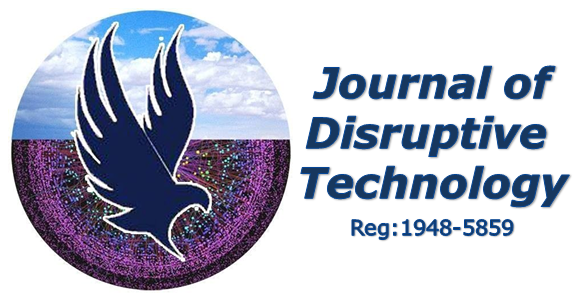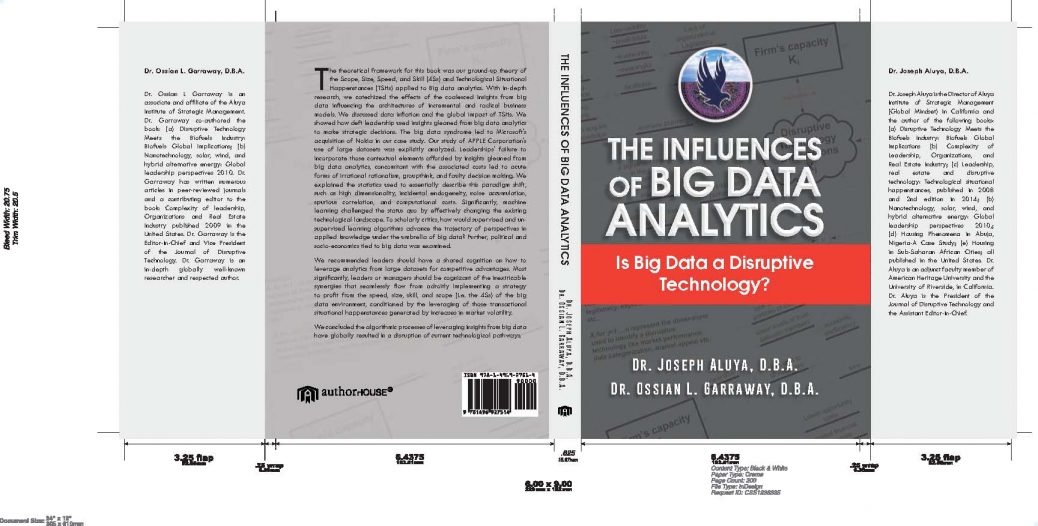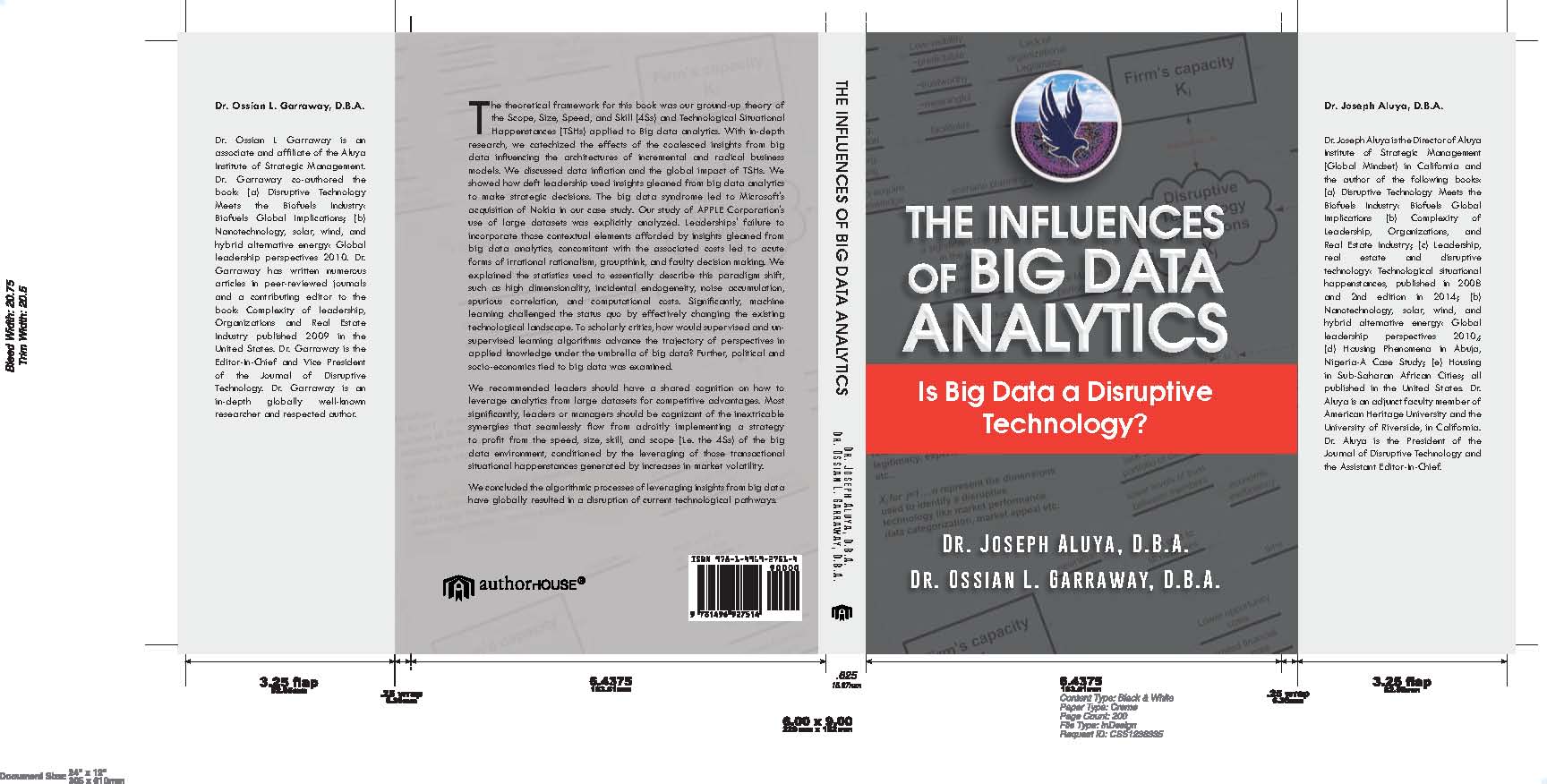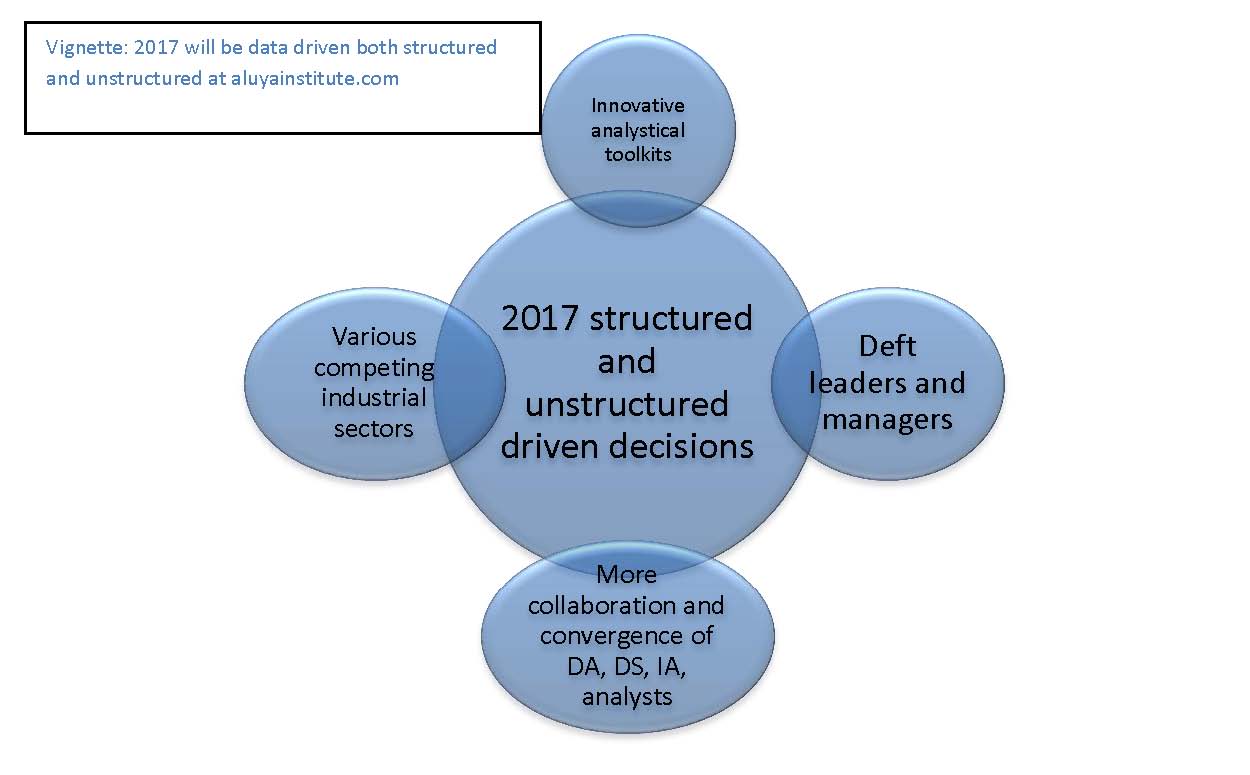June, 2025 Publications
Volume 13, Issue 1
Phenomenon of Leadership Failure: An Exploration to Determine the Significance of Moral Action for a Sustainable Leadership ~Kenneth-Maxwell Nance
Abstract:
The cost of leadership failure is enormous when lives and livelihoods are at risk, contributing to the loss of blood, treasure, and right living of people globally (e.g., war-related deaths and expenditures, scandals, racism, and other harms to people). Observing the leadership failure phenomenon in gradual categorical forms of degradation, harm, failing, and failure compelled this exploratory-sequential mixed methods study for sustainability. Despite advancements in facts, with billions spent, leadership fails; public confidence decreased as development costs increased. An unsatisfied grand theory quest for decades remained. Scholars expressed disappointment with the state of psychological research, popular approaches, diverged interests, mounting definitions, and reductionism. Observed failures, an abductive inference, questions, holding pragmatism as a philosophical orientation led to finding the best means of uncovering understanding. An exploration sought to understand the unimportance or importance of moral action, and leadership’s sustainability in its absence. A theory emerged during theoretical sampling and constant comparative analysis of interviews from six continents, giving rise to the aphorism “leadership in the absence of moral action is unsustainable.” A longitudinal literature exploration across 3,000 years ensued after theory emergence, supported qualitative findings of a classical grounded theory approach. Random sampling from 2,523 global cases, analyzing 2,191 cases in a quantitative phase, showed statistically significant association between unethical leadership action (ULA) and unsustainable leadership outcomes (ULO), χ 2 (1, N = 2,191) = 119.643, p < .001. There was relatively strong association between ULA and ULO, φ = .436, p < .001. Scientific methods, empirical and statistical evidence indicated unethical leadership action was associated with failure of otherwise effective leadership in 98 percent of the analyzed cases. Thus, establishing the importance of moral action, unsustainability in its absence, advancing leadership inquiry with a tested grand theory for leadership’s sustainability, positive disruption, and human progress.
Re-published in this special Edition
The Influence of Organizational Culture on the Adoption of ICT Innovation following Technological Disruption: Evidence from Kenyan ICT SMEs (Volume 7, Issue 2, May 2018)
Authors: Francis G. Kagumba1, Dr. Agnes N. Wausi2
1 University of Nairobi, Nairobi, 30197 – 00100, Kenya
2 University of Nairobi, Nairobi, 30197 – 00100, Kenya
1kagumba@uonbi.ac.ke
2wausi@uonbi.ac.ke
Abstract— Disruptive ICT technologies such as artificial intelligence and mobile computing are transforming how SMEs communicate, connect and discover. However, the challenge in adopting such technological innovation lies in the evolution of employee behaviour, values and expectations towards enabling them to work in the enterprises. In this study, it is aimed to understand the influence of organizational culture on employee behaviour towards the adoption of ICT innovation. A survey of 83 managers and 43 employees from 126 ICT SMEs is conducted. The findings of the research revealed that high adoption rates were observed in organizations that fostered adhocracy cultures where informal work relationships existed among managers and employees and in organisations that emphasized on innovating their processes of meeting customer needs.
Mark van Rijmenam
University of Technology, Sydney
A case study of deft leadership collaborative use of analytics
Abstract: Examined in this paper was how the seamless synergies and collaborative work of deft leaders, data analysts (DA), data scientists (DS) and information analysts (IA) used analytics to glean important data from the big datasets for profit. Various archetypes of deft leadership styles from previous chapters were used to illustrate this phenomenon: a) bad or dysfunctional, b) collective, c) situational, d) transformational, e) transactional, f) trait approach to deft leadership. Question for learners: what would be the consequences of deft leaders in organizations not adroitly and radically changing and adapting to the newly evolving internet platforms? Embedded within these platforms were the internet of things (IoT) and the industrial internet of things (IIoT). Vignettes were used to explain why deft leaders should form teams of managers of DA, DS and IA to adopt these newly platforms due to the ever changing technological business environments and pathways. Explained within the contemporary realm of thought of the data scientists, statistical models were examined and how it inextricably intertwined with the organizational profit.
The computational cost, high dimensionality, incidental endogeneity, noise accumulation and spurious correlation were linked to profit with the collaborativeness of the DA, DS and IA. The findings revealed that without the managerial teams of DA, DS and IA collaborating and reporting pertinent gleaned data analysis from big data to the deft leaders within actionable real-time, the trajectory showed that the business will cease to exist. The recommendation was for deft leaders to quickly adjust with dexterity to the ever changing technological pathways based on the brutal reality within the global terrain.
Dr Joseph Aluya, D.B. A.
Deft leadership in prospective
Abstract:
This paper examines how the seamless synergies and collaborative work of deft leaders, data analysts(DAs), data scientists(DS) and information analysts(IAs) used analysis gleaned from big datasets to maximize organizational profit. Various deft leadership styles used to illustrate this phenomenon: a) bad or dysfunctional, b) collective, c) situational, d) transformational, e) transactional, f) trait approach to deft leadership. The core research problem was deft leaders in organizations’ inability to embrace radical changes within newly formed internet platforms. Embedded in this study were the internet of things (IoT) and the industrial internet of things (IIoT). Vignettes used to explain why deft leaders should form teams of managers of DAs, DS, and IAs to formulate new platforms to respond to the ever-changing technological business environment. Within the contemporary realm of data scientists, statistical models inextricably intertwined with the organizational profit. The computational cost, high dimensionality, incidental endogeneity, noise accumulation and spurious correlation linked to profit with the collaborativeness of the DA, DS, and IAs. The findings revealed that without the managerial teams of DA, DS, and IAs collaborating and reporting pertinent gleaned data analysis from big data to the deft leaders within actionable real-time, the trajectory showed that the business will cease to exist. The recommendation was for deft leaders to adjust with dexterity to the ever-changing technological pathways based on the situations within the global terrain.
Authors: Dr. Ossian Garraway, D.B.A
Aluya institute of global mindset, California, USA
Aluyainstitute.com










Wonderful items from you, man. I have understand your stuff previous
to and you are simply too magnificent. I actually like what you have bought right here, really like what you’re stating and the best way during which you assert it.
You’re making it entertaining and you still care for to
keep it smart. I cant wait to read far more from you.
That is really a tremendous website.